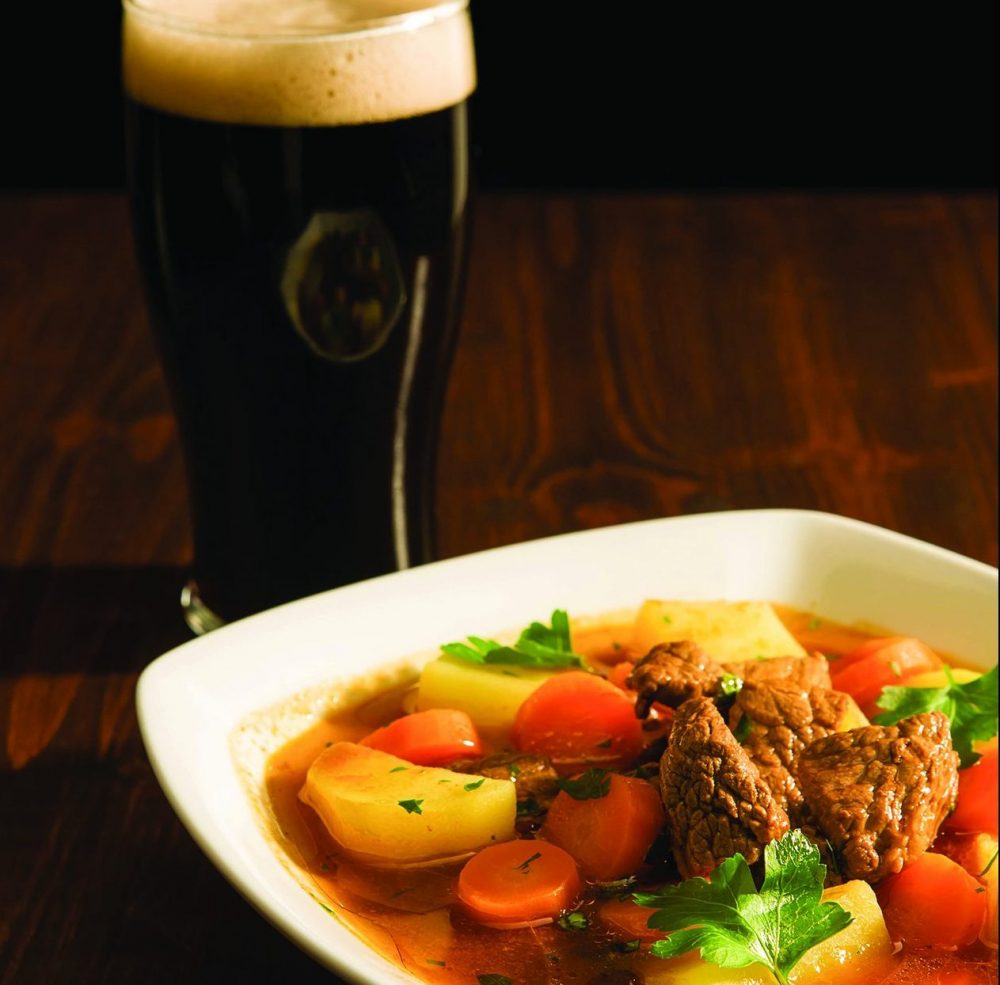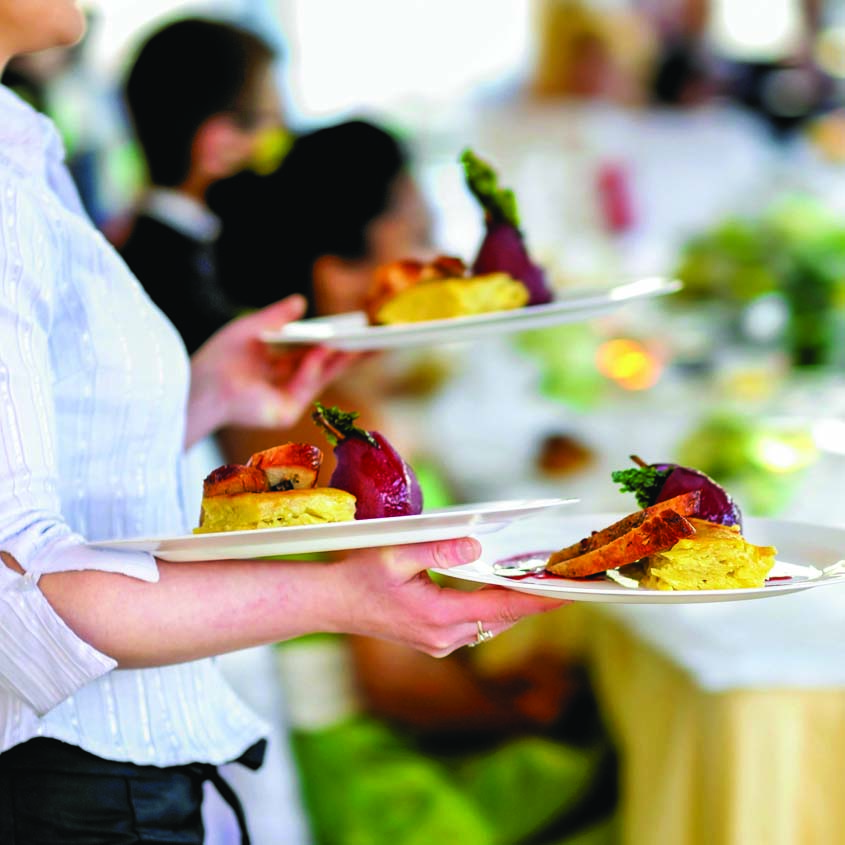Couples have been commemorating their love for one another in February for quite some time. Couples may go about such celebrating in their own unique ways, but it’s not uncommon to focus on a night out on the town.
Valentine’s Day is a busy holiday for many businesses, but especially so at restaurants and other romantic venues. So it’s best to plan ahead to ensure a perfect evening. These tips can help you organize a Valentine’s experience to remember.
Tip #1: Reserve Early
The closer to Valentine’s Day, the more likely popular restaurants will be all booked up. If the goal is to dine at a particularly trendy spot – or anywhere but the most obscure establishment – be sure to make a reservation well in advance. Start planning the Valentine’s Day dinner in December so you won’t have to look far and wide to book a reservation. If a restaurant does not take reservations that far out, ask when they will start collecting names for Valentine’s Day and book the moment you can.
Tip #2: Secure Transportation
One way to make the night more romantic is to snuggle in the back seat of a vehicle and have someone else do the driving. This also is a safer option if you plan to pop a bottle of bubbly or sip some wine while celebrating. Hiring a limousine, luxury car, horse-drawn carriage, or something similar also will require advanced reservations. However, going the extra mile can make the night memorable.
Tip #3: Emulate A Scene From A Favorite Film
The person you love may adore a romantic movie, whether it’s a classic or more recent tear-jerker. When planning a romantic evening out, consider reenacting a movie scene with you and your special someone in the starring roles. For example, recall when Tom Hanks met Meg Ryan at the top of the Empire State Building in “Sleepless in Seattle.” Include a visit to the observation deck or roof as part of a whirlwind Valentine’s Day experience.
Tip #4: Attend A Live Music Performance
Music can touch the heart and soul. That makes an evening watching a band play or enjoying a musical on the stage even more memorable if it occurs on Valentine’s Day. Select an intimate venue to add to the romantic ambiance of the night.
Tip #5: Think Outside Tradition
While dinner and a movie are Valentine’s Day favorites, any activity done together can be memorable and romantic. Why not book a couple’s cooking class? Or enjoy a winter sport like skiing or ice skating? Or warm up after window shopping on Main Street by sipping hot cocoa and snuggling on the sofa under a blanket at a nearby B&B?
Romantic nights out on Valentine’s Day can be made even more special with some forethought and planning.







